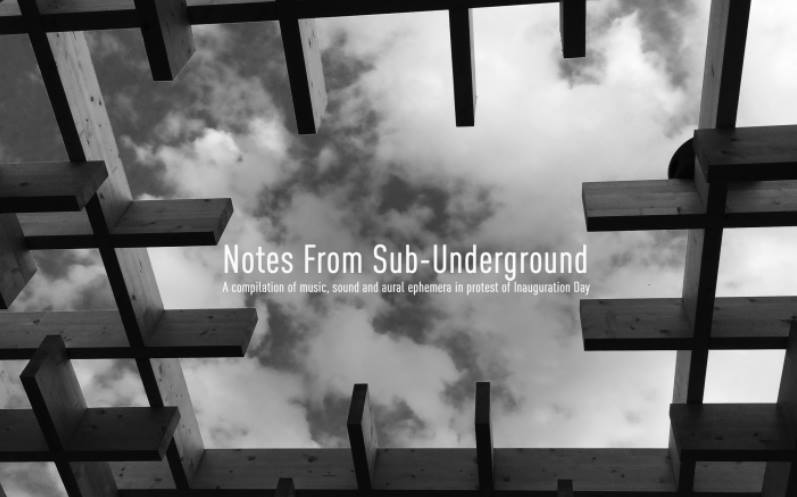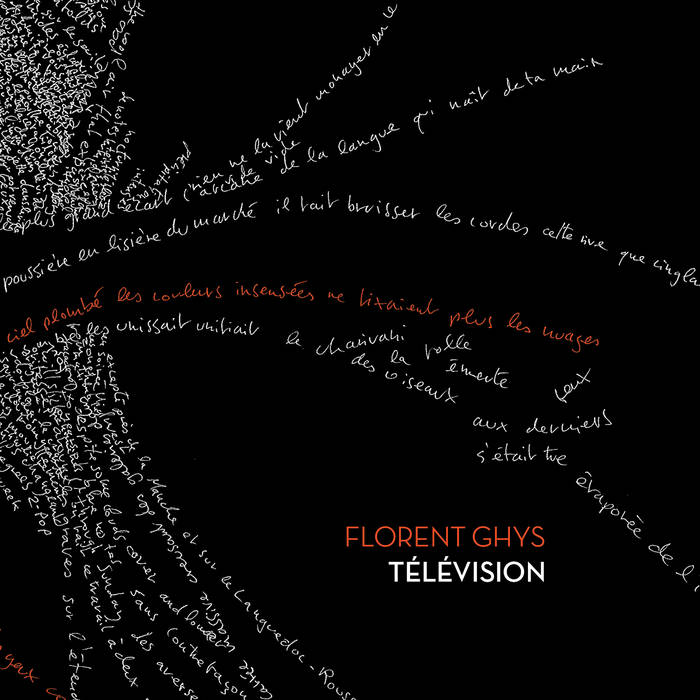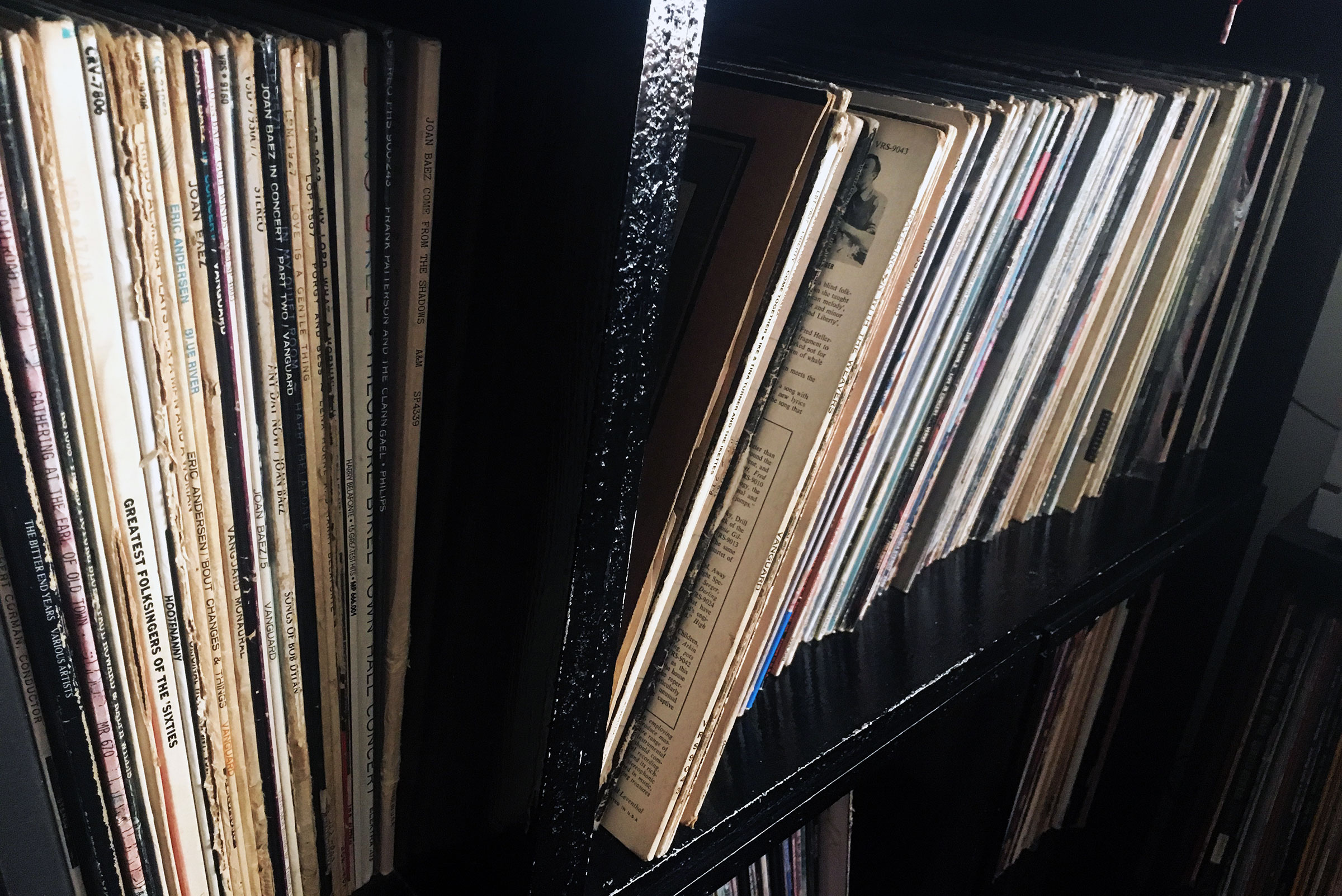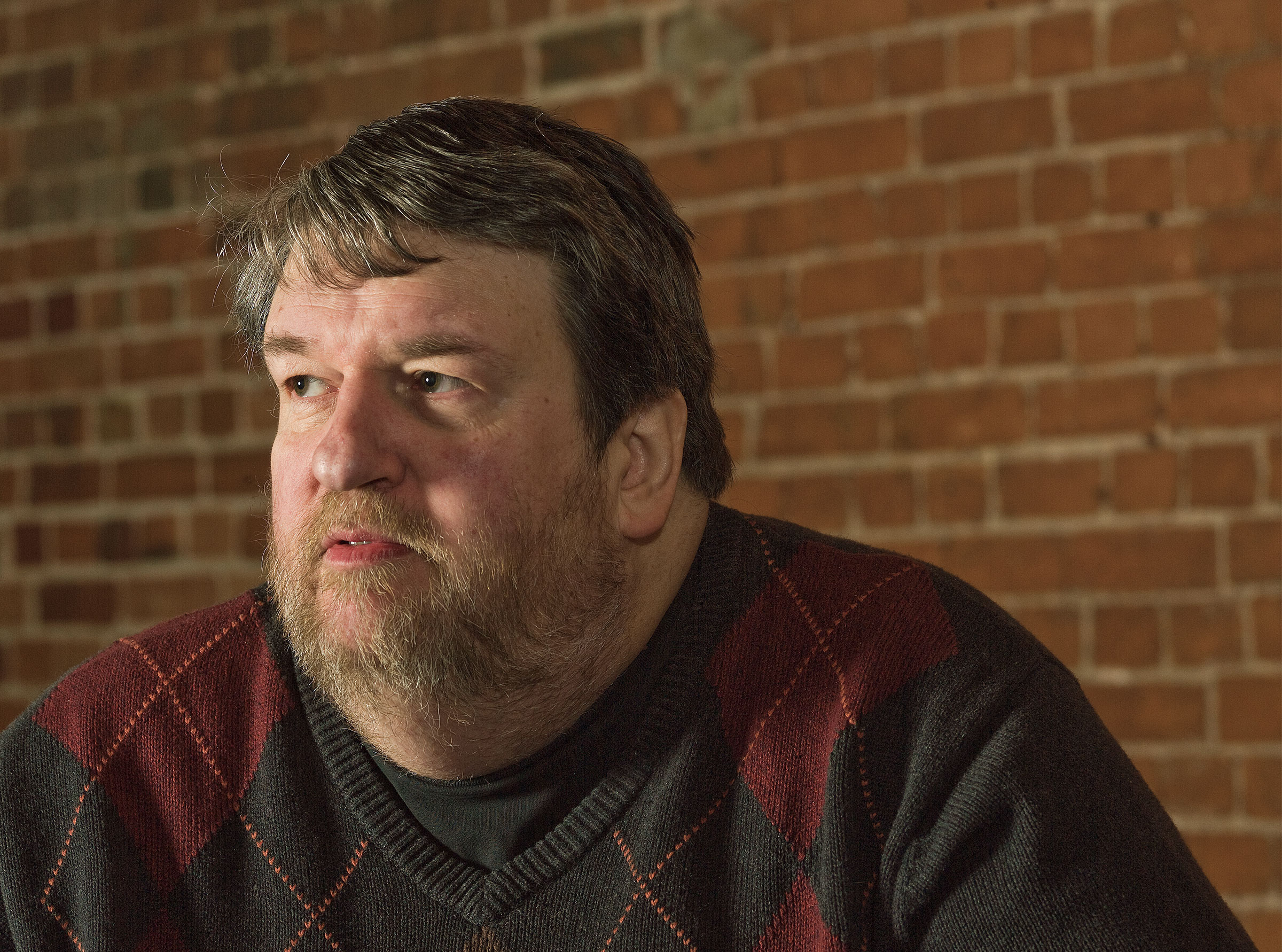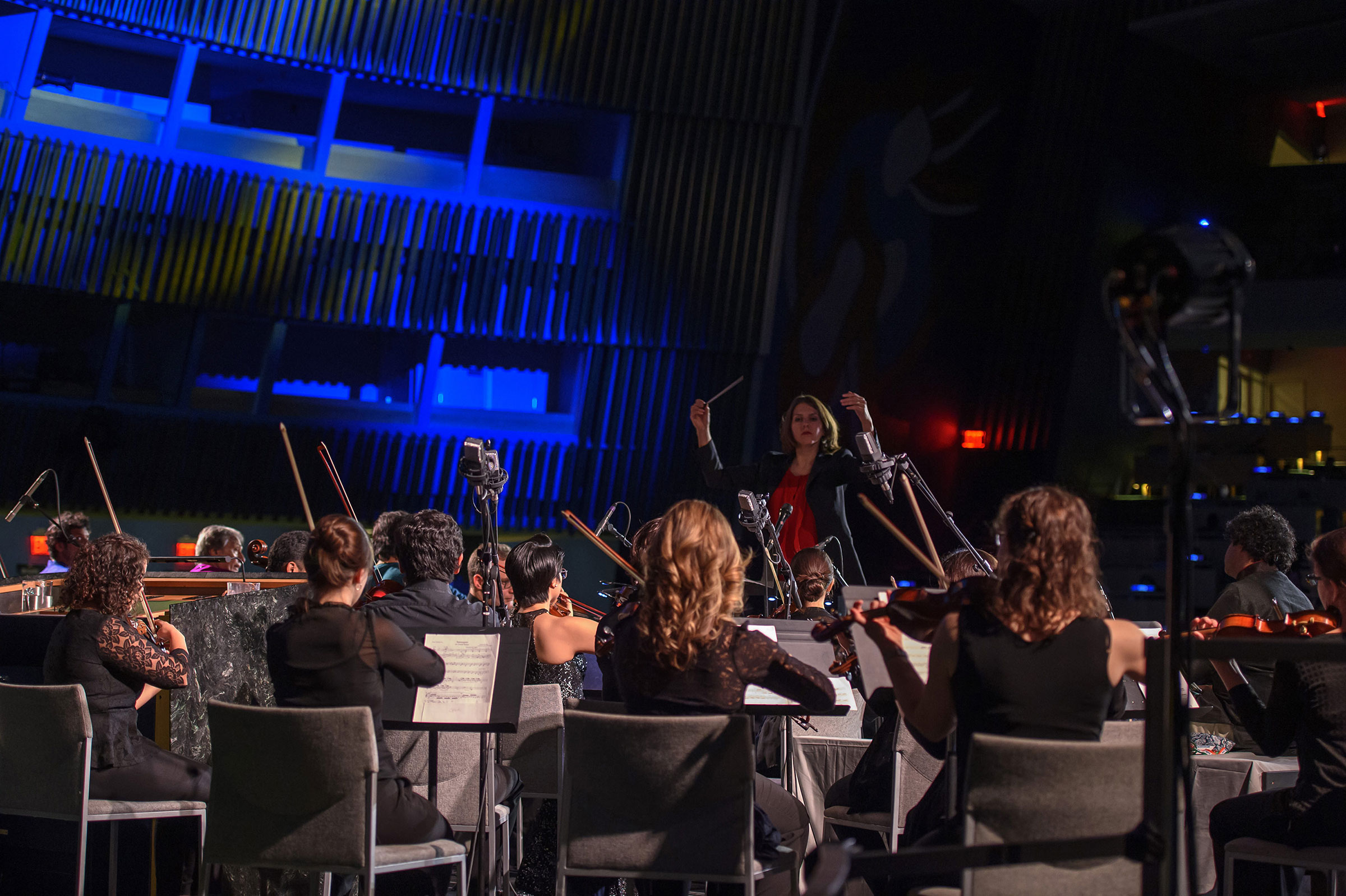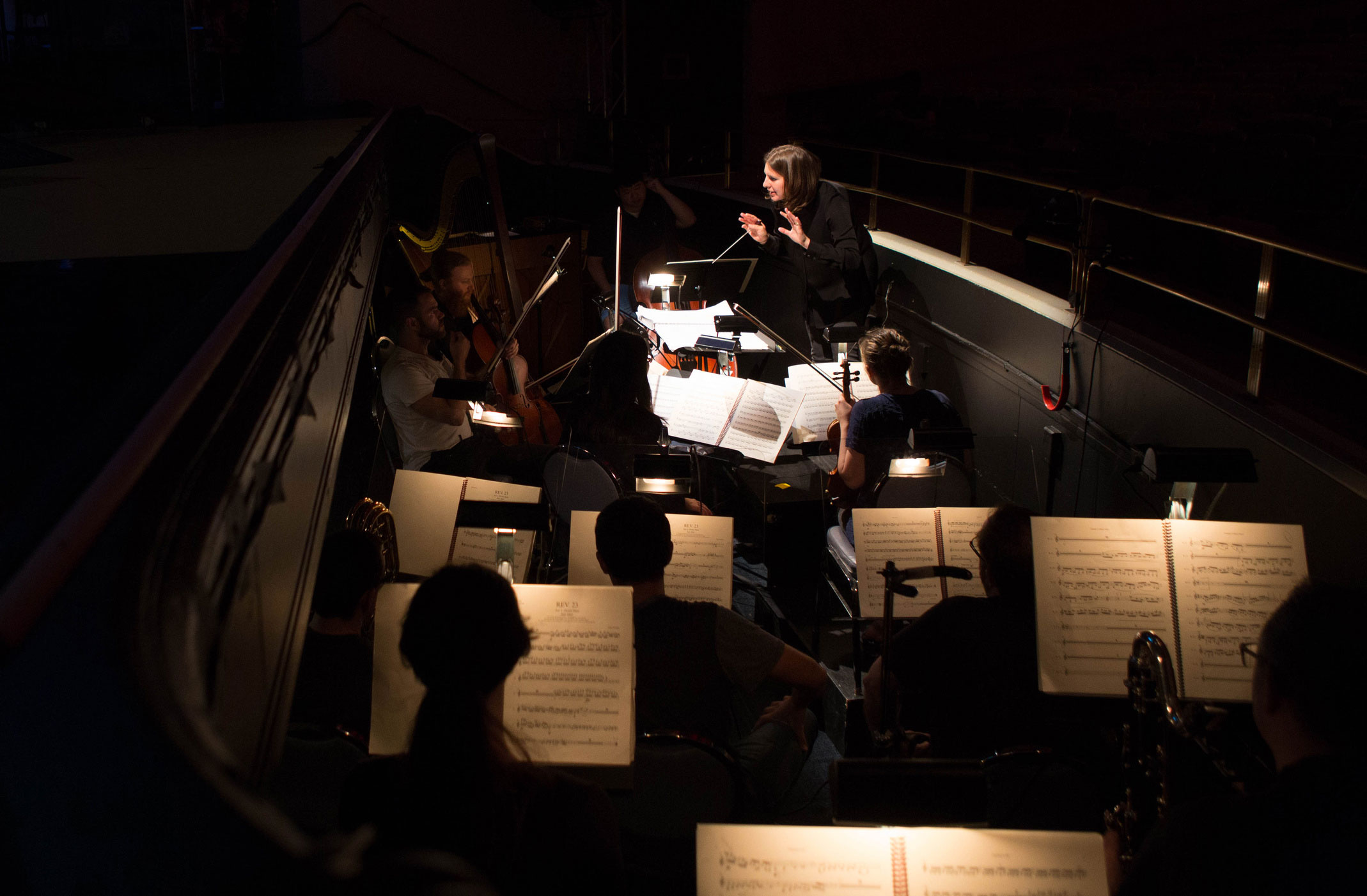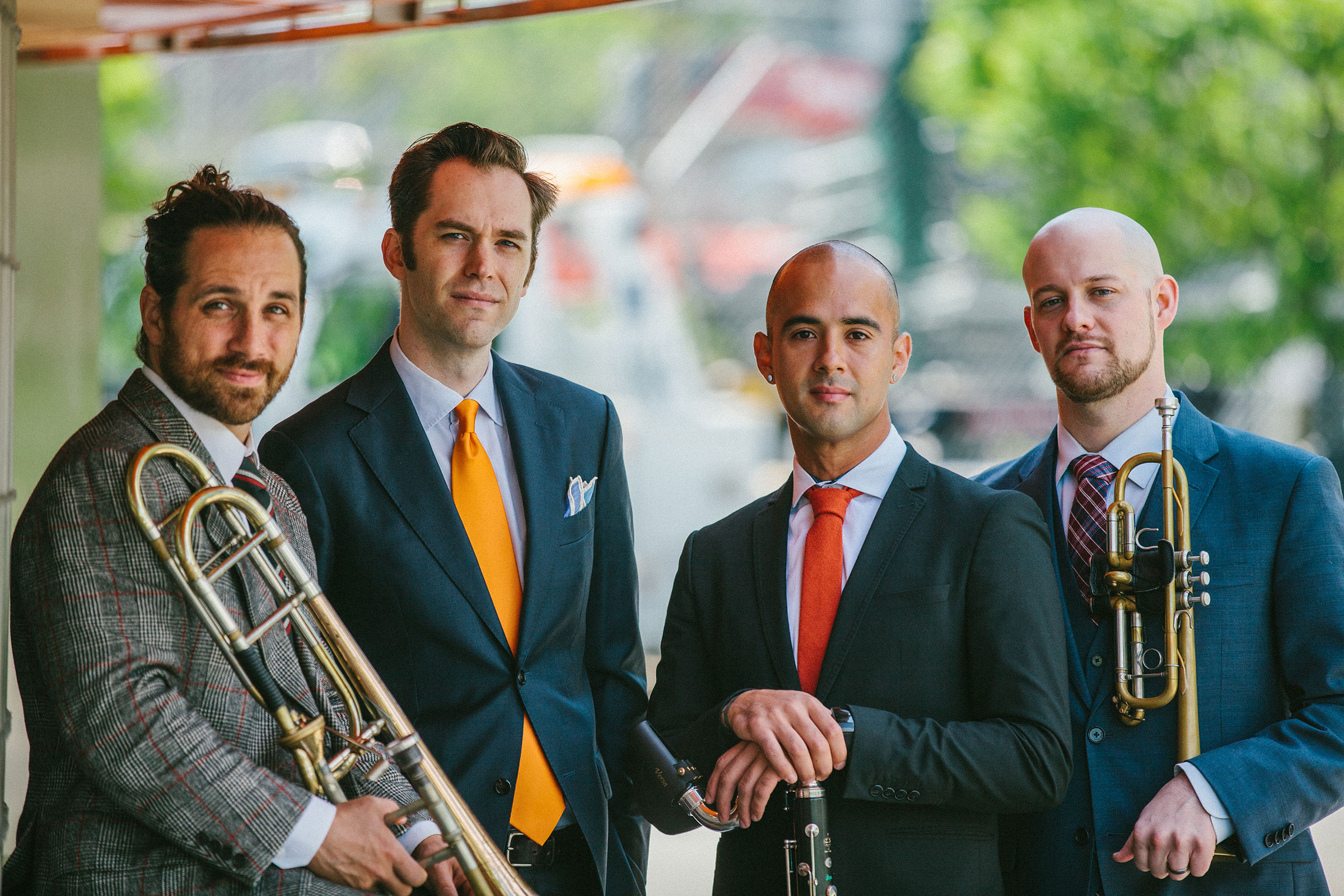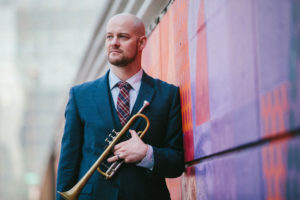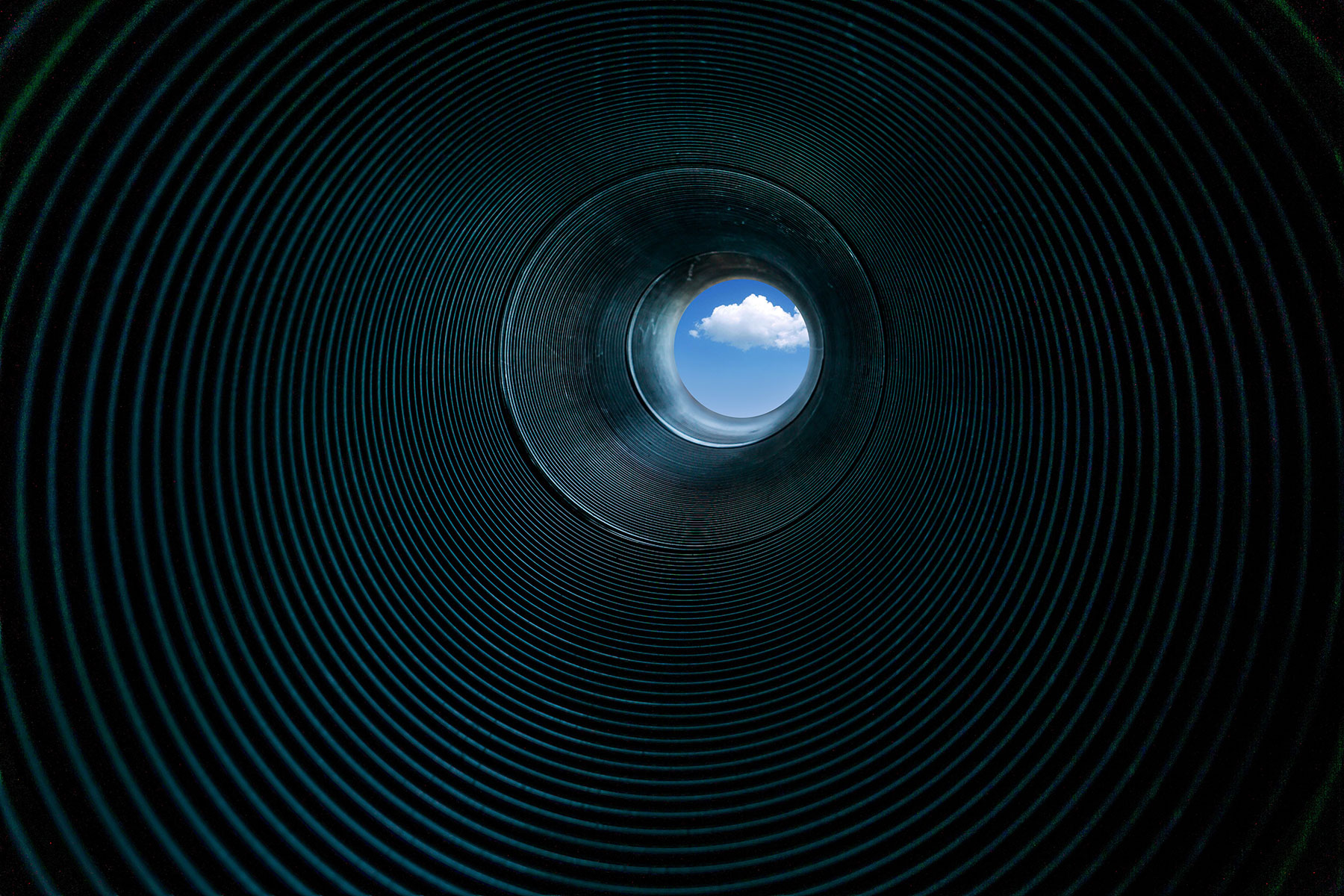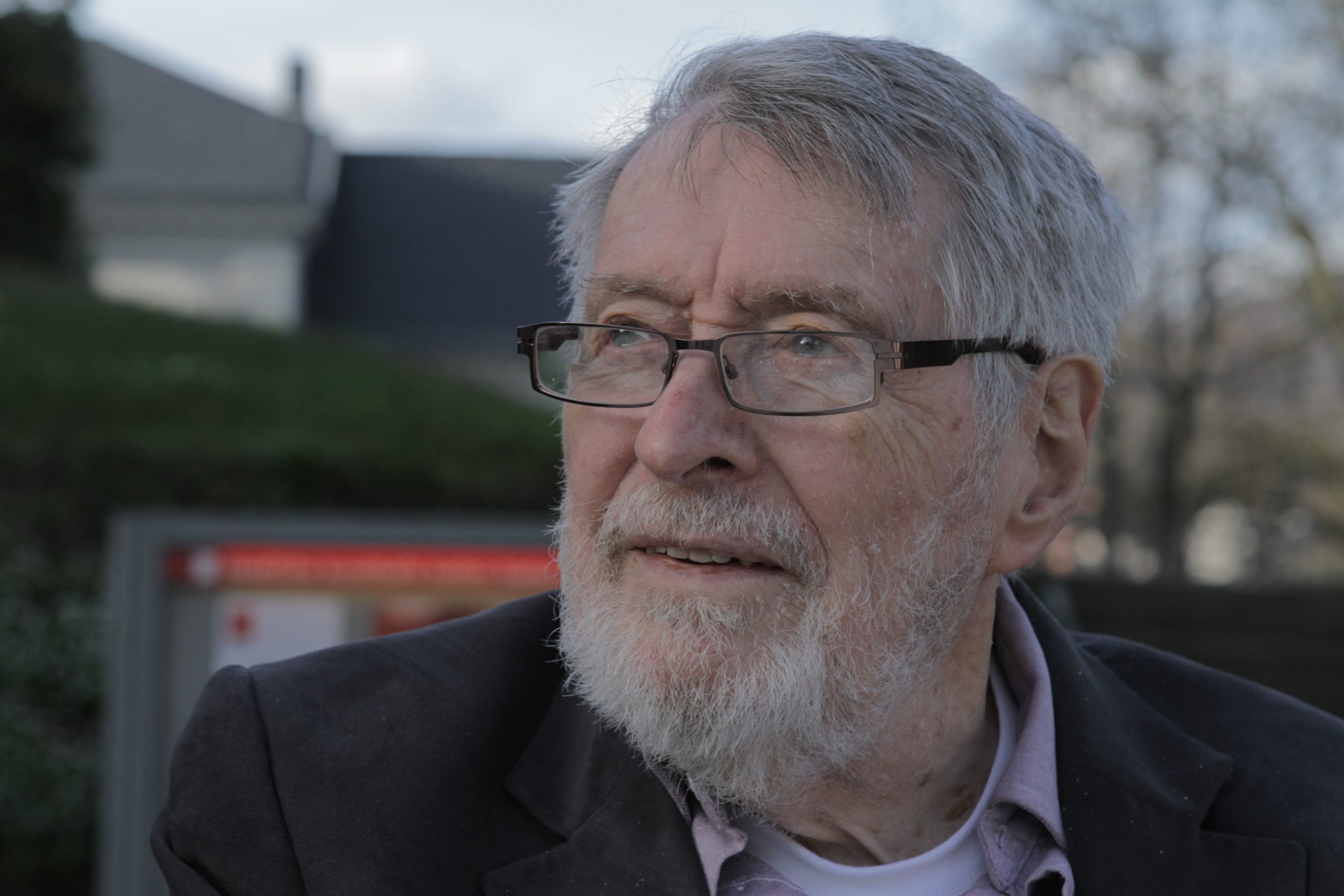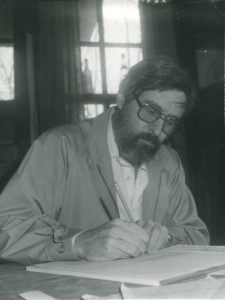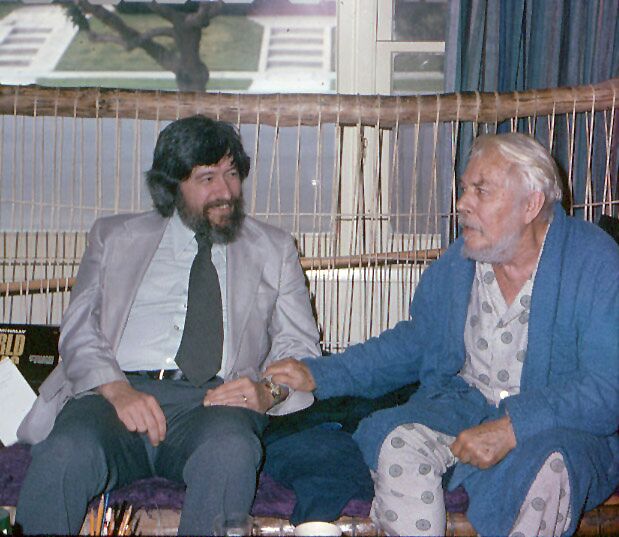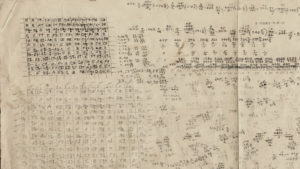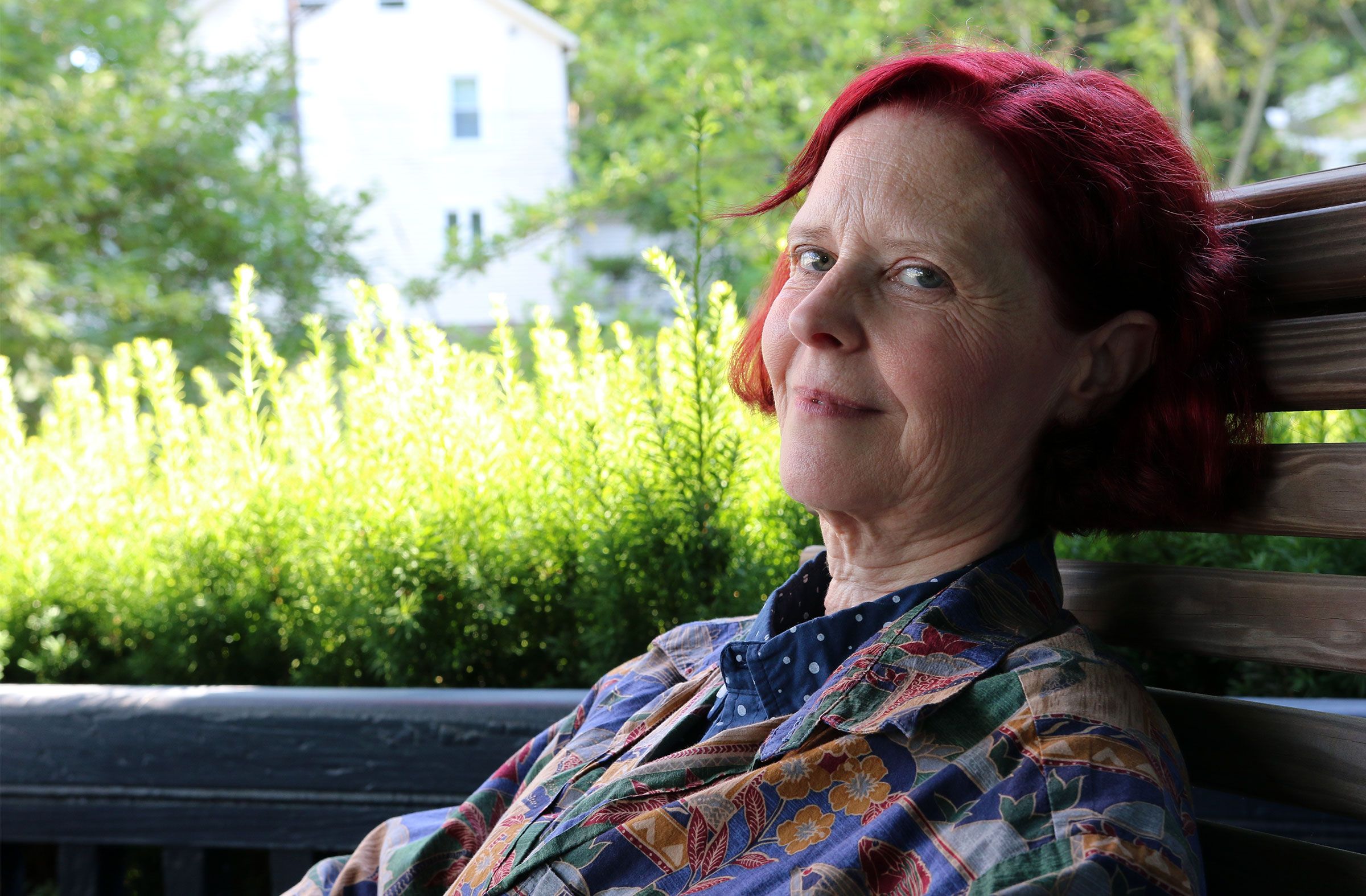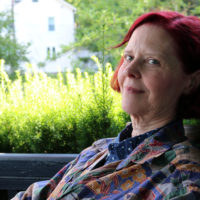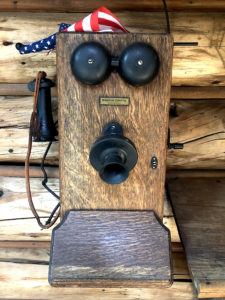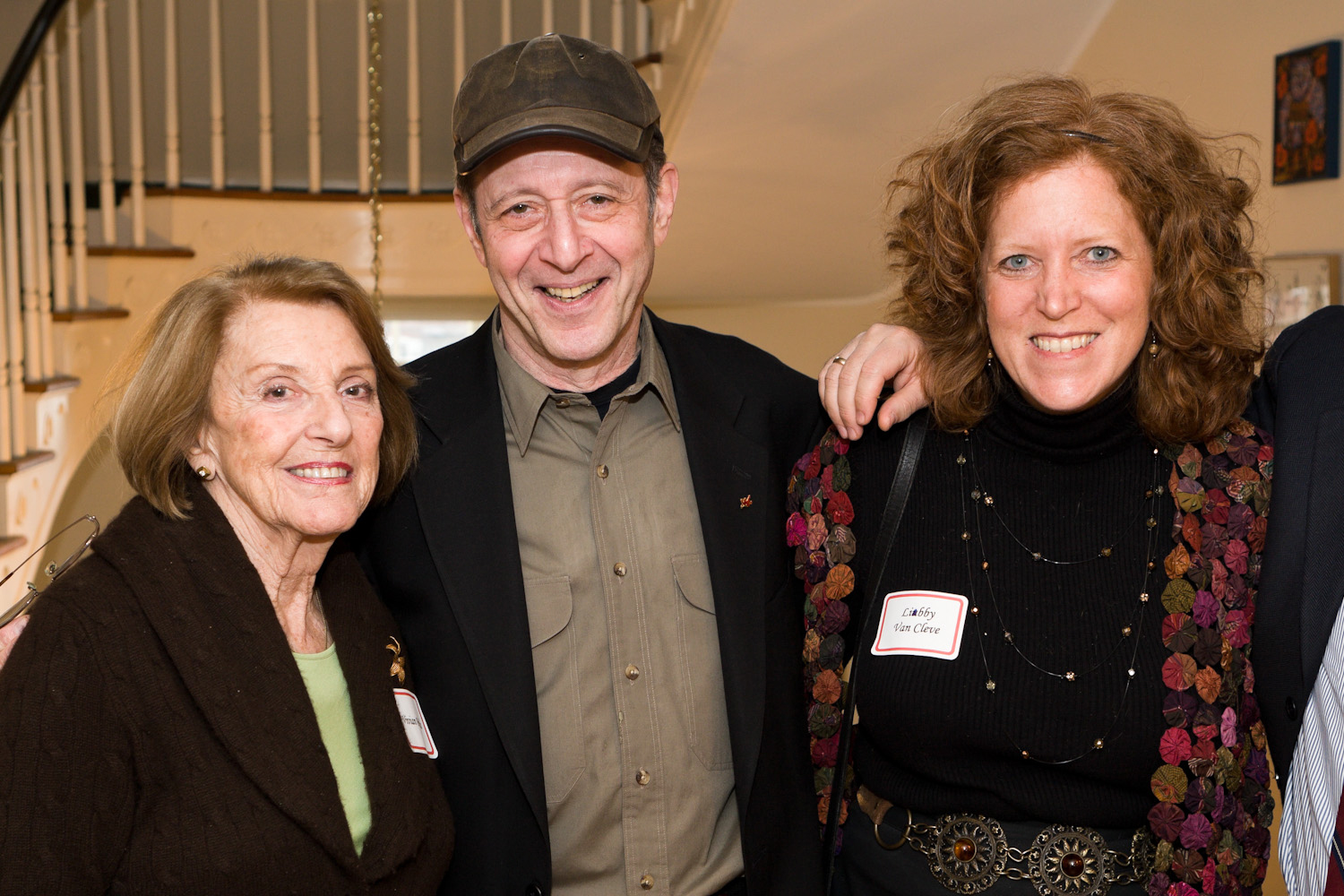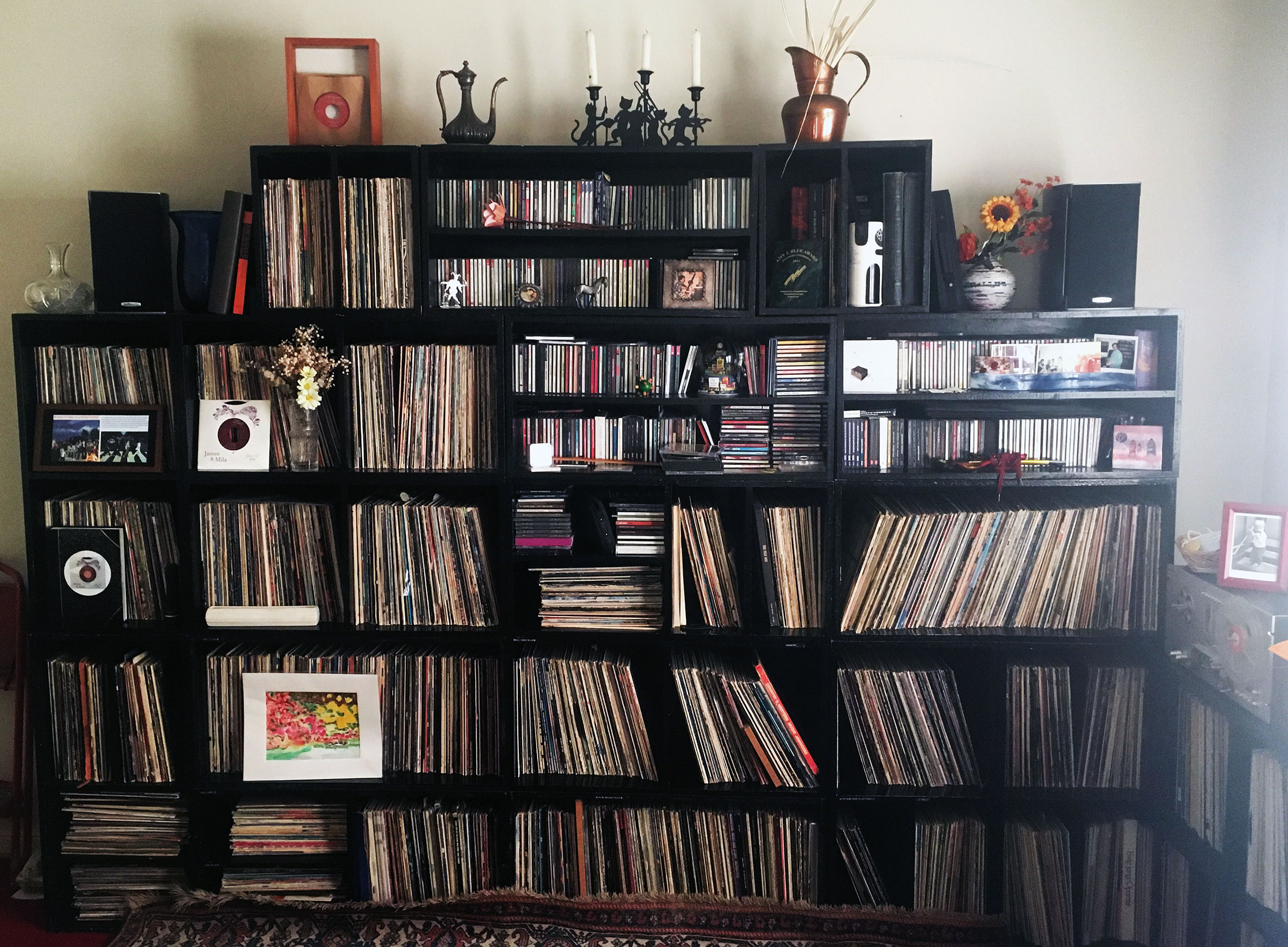
I am a composer, performer, music producer, and avid record collector, and I am currently in a complicated relationship with physical media. Like many others, I love the tangible process of opening up a CD or LP, playing it through my home system, and studying the artwork and liner notes as I listen. I hold my own albums to this standard as I release them into the world. I pore over the details of the physical package, driving my collaborators crazy as I attempt to perfect every aspect of its design. After spending several maddening months—and often years—to make an album, the moment of finally holding the object itself is a satisfying final seal, assuring me that I’ve created something permanent.
Yet the age of streaming rages on, my closets are filled with boxes of overstock, and even my mother is more likely to listen to my music online than she is to put on a CD or LP. As much as we like to think of these discs as the sacred vessels of our musical concepts, many of us are questioning whether it is worth the time, money, space, and materials to produce the physical object.
What makes an album such a powerful statement is that the artists and producers craft a complete experience for the listener, not only through a cohesive musical idea but through its presentation: artwork, information, liner notes, and now virtually any form of media. Currently, digital platforms do not allow much room for this, confining albums to tracklists and an album cover: a thumbnail representation of something that could be physical. This has had financial repercussions—by reducing an album’s worth to the play count of its individual tracks, huge corporations have gotten away with paying artists fractions of pennies for their work.
In response to these changing tides, some of us have chosen to dig deeper into the classic formats, releasing our albums on limited edition vinyl and cassette tapes. Others search for new objects to represent their album (beer koozie with download code anyone?). Look no further than Tristan Perich’s 1-Bit Music (2005), a self-contained electronic music circuit and playback device within a CD case, for an eloquent example of physicality as the concept of the album itself.
There have been many creative approaches to releasing albums as physical objects in today’s world, but that’s not what this article is about. I’m tossing any purity I have left aside, and I am wondering: What can an album be now that it no longer needs to be an object?
Florent Ghys’s “This is the album of the future” from his video album Télévision
The album has always been and continues to be a malleable form, having adapted to over 100 years of changes in technology, business, and pop culture. The very first albums were, literally, albums: bound books manufactured to contain several 78 RPM phonograph records, examples of which can be found as far back as 1908. When Columbia Records began releasing 12-inch discs in 1948, the term had already been extended past its original meaning to refer to any collection of musical tracks. Since then, our albums have contorted through a variety of formats, shapes, and sizes and now, residing on the internet, they no longer require a physical container. Artists can release albums at a faster rate and with more ease than before, and the possibilities seem to be endless for the integration of multimedia and interactive elements.
Some are skeptical as to whether some of the newer formats should be identified as true “albums.” To decide for myself, I apply a very simple litmus test: Does the artist call their work an album? If yes, then it is so. I see the changes in how music creators conceive and present this music as the indication of its evolution as a term.
I have been searching for compelling examples of albums that have extended this form within the digital world and collected them here. Some big-budget and mainstream offerings need to be mentioned, but I have chosen to focus on a few specimens from independent artists and labels, and have given them a close and thoughtful listen.
This is by no means a comprehensive survey. I invite anyone with examples of albums that should be included in this discussion to post in the comments below.
Object Collection’s Notes from Sub-Underground (2017)
One of the immediate parameters that is lifted for albums in the digital age is that of length. At one end of the spectrum, an artist can release a shorter offering and present it as a complete concept without feeling the need to fill the entirety of a CD, tape, or LP. On the other end, albums can be very long indeed. Notes from Sub-Underground, a 2016 collection of experimental music put out in the wake of the Trump election, is an awesome example of this. Produced by the music theater group Object Collection, this five-hour-plus compilation is comprised of 62 tracks representing somewhere in the neighborhood of 100 artists. The line-up includes influential experimentalists from across generations including Richard Foreman, Cat Lamb, Phill Niblock, Michael Pisaro, and Matana Roberts, as well as performing groups String Noise, Ensemble Pamplemouse, and my own group Dither.
Beginning with a call for submissions in December, the compilation was assembled in less than two months and released on Inauguration Day, 2017. Object Collection compiled the tracks, did some basic post-production work, and produced a cover and liner notes for digital distribution. Upon its release, in order to download a copy of the album, listeners would contribute an amount of their choosing through an Indiegogo campaign, all proceeds of which were donated to the ACLU. (You can now access the compilation through Object Collection’s website.) While only some of the tracks are overtly political, the collective album effort is what makes this an effective statement.
And it’s a great record. I committed to a complete listen, toggling between sessions on my home computer and on my headphones while on New Jersey Transit. Although the sequence of the tracks is not curated (the song titles are placed in alphabetical order), there is a satisfying flow to the album in its consistent inconsistency. One of my listening sessions began with Mellissa Hughes and Philip White’s “Clinging to a Cloud,” an abstracted pop song comprised of autotuned melismas intertwined with synth tones and computer voices. This track flows beautifully into an excerpt from Suzanne Thorpe’s vocal collage “Constituting States,” constructed of recordings of the U.S. national anthem as sung in different languages. The voices swirl around each other and finally resolve, to be interrupted by Jonathan Marmor’s clangorous electronic piece “Easter Helicopter”. Listening to the entire project is a cathartic experience that holds true to Object Collection’s maximalist and DIY ethos.
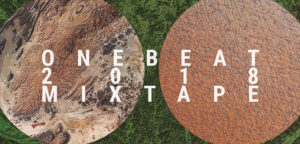
OneBeat Mixtape 18: Vols 1-6 (Found Sound Records, 2019)
A collective musical endeavor that approaches the album format as a series of shorter offerings comes from the Brooklyn-based nonprofit organization Found Sound Nation. To document the output from their OneBeat program in 2018, for which they enlisted 24 international artists to create collaborative works, they have produced and released a series of digital “mixtapes,” each averaging around 20 minutes in length. Their concept is to provide an extension (“B-sides”) to the golden record that was included aboard the two Voyager spacecrafts in 1971. They staggered the release of the six volumes, each referencing a stop as the ships traveled deeper into space. The entire project can be found on Bandcamp.
While the eclecticism of the tracks on each volume holds true to the idea of a mixtape, the concept and production of the recordings create a unified offering. (All tracks were produced by OneBeat and recorded during the same sessions.) “Sorabe,” the opening track of Vol 1: Earth composed by Tsanta Randriamihajasoa, groups the Malagasy pianist with Indian vocalist Pavithra Chari, Hungarian clarinetist Zolt Bartek, and Algerian drummer Younés Kati. The track is a jazz-infused tour of each artist’s musical language, emulating the idea of the earth’s bustling “acoustic and organic sounds.”
Skipping ahead, Vol 6: Heliopause is described by OneBeat as a collection of “abstract pieces perhaps only understandable by the most adventurous human ears.” While I don’t find this material to be inaccessible (especially after listening to 5.5 hours of Object Collection) this volume certainly conjures an otherworldly sonic palette that one might equate with the edge of our solar system. Beginning with the more tangible songlike opening of “Outer Space,” each track of the album continues a trajectory deeper into textural and droney soundscapes.
Florent Ghys: Télévision (Cantaloupe Music, 2014)
There are many notable examples throughout recorded music history of a film being produced in conjunction with an album. The Beatles’s A Hard Day’s Night (1964) and Prince’s Purple Rain (1984) are two of many landmark works which were released separately as film and soundtrack. As home video systems became increasingly popular in the 1980s, artists began to regularly distribute video compilations, live concerts, and documentaries as part of their output. I fondly remember the comedic band Green Jellö (popular on MTV for their heavy metal claymation video “Three Little Pigs”), who claimed in the opening credits of their Cereal Killer VHS (1993) to be the “world’s first video-only band.” (They did in fact release a soundtrack album separately from the video.)
Billing an audiovisual work as the album itself is still a relatively new phenomenon which is quickly being embraced by the mainstream, encapsulated by the success of Beyoncé’s “visual album” Lemonade (2016). Although one might question how these offerings differ from the films and videos made by their predecessors, I see this as a natural arrival point, enabled by current digital platforms: the audio and visual elements of the album are both readily available on the same interface and can be easily conceived, created, marketed, and distributed together as a unified concept.
Bassist/composer Florent Ghys dubs his most recent solo release Télévision (2014) a “video album,” and it is indeed a high-level integration of musical and visual concepts. In this case, the two elements are so intrinsically connected that it’s hard to imagine experiencing the music alone. Working in sync with both audio and video software, Ghys composed the two entities in tandem, providing a direct video corollary to virtually every musical event.
In the opening track “Beauté Plastique,” each new instrumental layer enters with a corresponding visual element, creating a complex tapestry of hockets and contrapuntal lines. The final track, “This is the Album of the Future,” features a tongue-in-cheek video collage of dated advertisements for compact disc players. (Télévision is in fact also available as a CD from Cantaloupe records.) The entire video is an absorbing and effective visual experience which kept me engaged in a way that felt more akin to binge watching a TV series or going down a YouTube rabbit hole than listening to an album of the past.
Rabbit Rabbit: Rabbit Rabbit Radio, Vols 1-3
Confronting the issue of digital distribution, another creative video-based offering comes from Rabbit Rabbit (Carla Kihlstedt and Matthias Bossi). Frustrated with online services, in 2012 the duo began a long-term project in which they released a song and video per month on their own subscription-based site, rabbitrabbitradio.com. Although they have now chosen to end their monthly output and focus on larger-scale works, they compiled their three years of work into three albums which can be listened to and watched on Bandcamp.
While maintaining high production values, these videos are intimate and homegrown, often using footage from the recording studio or home performances. They incorporate several candid and personal moments, including a living room session in which their young daughter throws a minor tantrum during the song. Family and friends feature prominently throughout the three volumes. “Paper Prison” is a documentary portrait of Bossi’s father as he discusses his rare book collection. The final track, “Merci Vielmal,” was recorded on a train while on the road with their group Cosa Brava (performed with bandmates Fred Frith, Shahzad Ismaily, and Zeena Parkins). Not only is this music captivating, but you come out of the experience feeling as if you have had a window into the artists’ everyday lives.
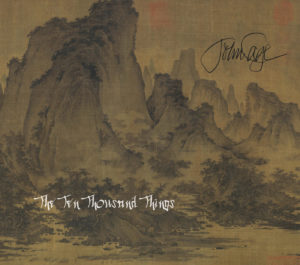
John Cage, The Ten Thousand Things, I Ching Edition
John Cage, The Ten Thousand Things, I Ching Edition (Microfest records, 2013)
In the ‘90s, artists such as Peter Gabriel, Primus, and The Residents released CD-ROMs with game-like applications along with their albums, providing an interface for listeners to explore the songs, art, and other elements. Today, our touch-screen devices offer even more potential for interactive music applications. Bjork’s Biophilia (2011) was released as an “app album,” featuring artwork, extensive liner notes, videos, and games associated with each track. Other artists take the interactive model further by allowing the music to be generated in real time. Brian Eno’s most recent release Reflection (2017) exists both in fixed media and as an application that creates a unique and endless version of his composition.
An interesting example of a generative album experience comes from Microfest Records’s release of John Cage’s The Ten Thousand Things (2015). In the 1950s, Cage composed this set of pieces to be played independently, in any combination, or reconfigured in a variety of ways. Microfest produced The I-Ching Edition of the album which consists of a fixed version of the piece, accompanied by an application (delivered via thumb drive) that allows you to generate unique versions the composition. Each rendering is constructed from performances by pianists Vicki Ray and Aron Kallay, bassist Tom Peters, percussionist William Winant, and an archival recording of Cage himself reading his lecture “‘45 for a Speaker.” Each new version of the piece uses the same recordings, but is unique in its organization.
One of the most satisfying things about this piece is that the spoken material in Cage’s fragmented lecture describes the same compositional techniques that you are hearing in real time. The chance aspect of the application itself adds yet another layer. The creativity of this format, the top-notch performances, and the charm of hearing Cage masterfully read his lecture make for an enthralling aleatoric experience.
Ironically, many of these innovative application-based albums have fallen victim to operating system upgrades. We can still get Bjork’s album through Apple’s app store, but similar offerings from Jay-Z, Lady Gaga, and Philip Glass seem to have become obsolete in less than ten years. These apps were either never updated, or they were seen by the record companies merely as short-term marketing tools. There also just haven’t been a huge quantity of app albums made, as the financial overhead required to create these programs is still prohibitive for most independent artists.
With so much trial and error required, it is not a surprise that album formats have needed to pass a high threshold of popularity and mass consumption in order to achieve longevity. This is one reason that physical albums are still relevant today—they survive as permanent objects on the sidelines of a constantly changing and merciless digital landscape.
What is the album of the future? I hope for an interface that is as accessible and navigable as the current streaming platforms, one that allows artists to configure a unique experience for their listeners, and one that empowers us to control its monetization. (Bandcamp is well ahead of the pack in this regard.) The ideal platform would not only provide easy access to music, art, text, and all types of media, but be malleable so that new elements can be integrated as they arise. The next sea change in business and technology will surely provide new and unforeseen formats for our music, and within it artists will continue to innovate, adapt, and respond.


